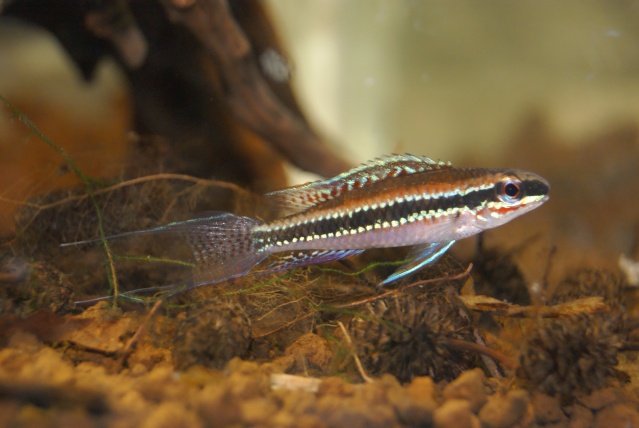- Messages
- 20
I plan to get some of these fish, but I want to know what I should do before getting them. Are they harder to keep than the German Blue Rams? Are they aggressive to their own kinds? If they are kept when they are juvies, will they fight less?Any thing special I need to do for these guys? Thank you!

